Sewage pipes
1. Sewage pipes: generally refers to pipes that transport treated or untreated domestic sewage or industrial wastewater from towns or industrial and mining enterprises.
2. The sewage pipe system consists of pipes and their ancillary structures for collecting and transporting urban sewage.
3. Sewage flows from the branch pipe into the trunk pipe, then into the main trunk pipe, and finally into the sewage treatment plant. The pipes are distributed from small to large, similar to rivers, in a tree-like shape, which is completely different from the circulation and penetration of the water supply network. Sewage in the pipe generally flows from high to low due to the water level difference at both ends of the pipe. The inside of the pipe does not bear pressure, that is, it flows by gravity.
438733.webp)
Sewage pipe composition
1. The sewage pipe system consists of household pipes, community branch pipes, community trunk pipes, community main pipes, inspection wells, pumping stations and other ancillary structures.
2. The components of the sewage pipe system include collection pipes, transportation pipes, treatment pipes and discharge pipes.
3. It is an important part of urban infrastructure and is of great significance to protecting the environment and promoting urban development.
The main types of pipes used in the sewage treatment plant network include carbon steel pipes, stainless steel pipes, polyvinyl chloride (PVC) pipes, polypropylene (PP) pipes, fiberglass pipes, etc. The specific selection of pipes needs to consider the nature of the sewage, process requirements, pipe specifications and other factors.
4. The sewage pipe system consists of main pipes, branch pipes, inspection wells, exhaust valves, sand settling tanks, etc.
The main pipe connects the various drainage devices in the building and transports the wastewater to the sewage treatment plant.
The branch pipe is responsible for collecting wastewater from different floors or different areas and supplying it to the main pipe.
The inspection well is responsible for inspecting and repairing the pipeline, and the exhaust valve is used to remove the gas in the pipeline to prevent the pipeline from being blocked.
The sand settling tank plays the role of settling solid particles in the sewage to keep the pipeline unobstructed.
Sewage pipelines material
Cast iron pipe: commonly used in sewage discharge pipes.
302662.webp)
Ordinary steel pipe: suitable for sewage transportation at general pressure and temperature.
250444.webp)
Cast iron pipe: has the advantages of pressure resistance, corrosion resistance, and fire resistance, but it is heavy and expensive.
Plastic sewage pipe: Plastic sewage pipe is one of the most commonly used materials at present, mainly including PVC pipe, PP pipe, PE pipe, etc. They are light, anti-corrosion, durable, and low-priced. PP pipe has the advantages of good acid and alkali resistance, and is suitable for sewage treatment in chemical, pharmaceutical and other industries.
Stainless steel pipe: corrosion-resistant, suitable for treating highly corrosive sewage.
522249.webp)
High-density polyethylene (HDPE) pipe: corrosion-resistant, long life, suitable for water pipelines in sewage treatment plants.
167816.webp)
FRP pipe: corrosion-resistant, lightweight, high strength, suitable for treatment pipelines in some special environments.
927170.webp)
Ceramic sewage pipe: Ceramic sewage pipe is a pipe suitable for extreme environments, such as high temperature and high pH environment.
It has the characteristics of acid and alkali resistance, high temperature resistance, and corrosion resistance. However, the price is high and the construction difficulty is also greater.
Plastic-coated steel pipe: Plastic-coated steel pipe has good corrosion resistance and anti-corrosion ability due to the presence of internal and external coatings, and is suitable for sewage treatment, discharge, transportation, etc.
677485.webp)
Plastic-coated steel pipe: corrosion-resistant, long life, suitable for sewage transportation at general pressure and temperature.
Ceramic sewage pipe: It has the characteristics of acid and alkali resistance, high temperature resistance, corrosion resistance, etc., and is suitable for sewage treatment in extreme environments.
Construction wiring
Construction sequence of sewage pipes
Construction preparation. Trench excavation. Laying cushion layer. Formwork and concrete foundation. Pipeline laying. Masonry inspection well. Formwork and concrete protection pipe (interface treatment). Water closure test. Backfill and compaction.
How is the sewage pipeline arranged?
Determine the drainage area boundary and divide the drainage basin. Drainage pipes should use gravity flow as much as possible to avoid lifting. Drainage pipes are generally laid parallel to roads and buildings. When the buried depth of the pipeline is shallower than the foundation, it should be no less than 1.5m; when the buried depth of the pipeline is deeper than the foundation, it should be no less than 2.5m. Drainage pipelines should try to avoid crossing above-ground and underground structures. The pipeline should be arranged on the side of the building with more discharge pipes and larger drainage volume. At the turns and intersections of the drainage pipes, the water flow angle should be no less than 90°. When the pipe diameter is less than 300 and the waterfall head is greater than 0.3m, it can be unrestricted.
Sewage pipelines are one of the indispensable and important infrastructures in modern cities. They are responsible for discharging wastewater from homes, factories, schools and other buildings, and transporting it to sewage treatment plants for treatment, so that it can be safely discharged.
Treatment process
Pipeline sewage treatment process
The sewage treatment process includes primary treatment, secondary treatment and final treatment
1. Primary treatment mainly removes solid particles, large pieces and suspended matter in wastewater through sedimentation tanks and screens.
2. Secondary treatment removes organic matter and nutrients such as nitrogen and phosphorus in wastewater through biofilm reactors, aerobic treatment, anaerobic treatment and other means.
3. Final treatment is to completely remove pathogens and harmful substances in wastewater through disinfection and other means to ensure that the water quality after discharge meets national standards.
Pipeline distinction
Many people confuse sewage pipes, wastewater pipes, rainwater pipes and sewer pipes. Let's distinguish them today.
The difference between sewage pipes and wastewater pipes is that the water discharged is different in quality: sewage pipes discharge water that has been used in daily life, which can be reused by residents after processing, such as water after washing hands, washing vegetables, and washing clothes; wastewater pipes discharge polluted water that can no longer be recycled after processing, and even contain toxic substances, such as industrial wastewater and toilet drainage.
Different application places: sewage pipes are usually used for drainage in tunnels, underground tunnels, water purification plants, sewage plants, etc.; wastewater pipes are usually used for industrial wastewater discharge, etc.
Different materials: sewage pipes are mostly made of ppr; wastewater pipes are made of pure copper, PVC, color aluminum, etc.
The difference between rainwater pipes and sewage pipes is that they have different uses: rainwater pipes are used to discharge rainwater from the roof; sewage pipes are used to discharge domestic sewage. Different shapes: rainwater pipes are generally square or round; sewage pipes are only round. Different materials: rainwater pipes are made of pure copper, PVC, color aluminum, etc.; sewage pipelines are made of ppr. Different installation locations: rainwater pipes are installed on outdoor walls; sewage pipes are installed on indoor walls or underground. Different colors: Rainwater pipes come in a variety of colors; sewage pipes are only white.
Rainwater pipes are pipes that collect natural rainwater from the ground and transport it to natural water bodies. Sewage pipes are sewage pipes that collect people's domestic sewage. Usually, before it is discharged into a water body or recycled, it is transported to a sewage treatment plant to meet the discharge standards. Sewage pipelines are sewage pipes that collect people's domestic sewage. Usually, before it is discharged into a water body or reused, it is transported to a sewage treatment plant to meet the discharge standards. Rainwater pipes are pipes that collect natural rainwater from the ground and transport it to natural water bodies. Sewage pipes are pipes that collect people's domestic sewage. This water cannot be discharged directly into a water body or recycled. It must be transported to a sewage treatment plant first. Rainwater pipes are pipes that collect natural rainwater from the ground and transport it to natural water bodies. Sewage pipes are sewage pipes that collect people's domestic sewage. Usually, before it is discharged into a water body or reused, it is transported to a sewage treatment plant to meet the discharge standards. Sewage pipes are networks for sewage discharge and transportation.
Sewer pipes are water used in homes or offices that is discharged into urban pipes through drainage systems and treated by urban sewage treatment systems. Sewer pipes are mainly clean water, with little dirt and foreign matter, relatively clean, and the inner wall of the pipe is relatively smooth; sewage pipelines often flow through household waste, commercial and industrial waste, etc., so the inner wall of the pipe is not smooth and difficult to clean. Sewage pipelines only need to collect and move drainage water, which does not contain much pollutants; sewage pipes not only need to collect sewage discharge, but also need to be preliminarily treated and filtered to remove harmful substances to ensure that there is no pollution to the environment.
Sewage pipes are one of the indispensable important infrastructures in modern cities. They are responsible for discharging wastewater from homes, factories, schools and other buildings, and transporting it to sewage treatment plants for treatment to turn it into water that can be safely discharged.
Pipeline application scenarios
Applicable scenarios for sewage pipelines
1. Longitudinal and transverse drainage and water permeability of highways.
Vertical and horizontal drainage of the back and side ditches of various retaining walls of highways.
2. Drainage of tunnels and underground passages.
3. Water supply and drainage of municipal projects, water purification plants, sewage plants, garbage dumps, etc.
Drainage of rest green spaces such as golf courses, sports fields, parks, etc.
Soil and water conservation of slopes for hillside development.
Underground drainage of land preparation projects.
Pipeline maintenance and cleaning
Maintenance and cleaning of sewage pipelines
Sewage pipes need to be cleaned and maintained regularly to ensure their normal operation and extend their service life.
1. First of all, the sediment and dirt in the pipes should be cleaned regularly to prevent blockage and accumulation of odor.
2. Secondly, the pipes should be checked regularly for leaks and damages and repaired in time.
3. The inspection wells and sand settling tanks should also be cleaned and disinfected regularly to maintain the hygiene and safety of the entire pipeline system.
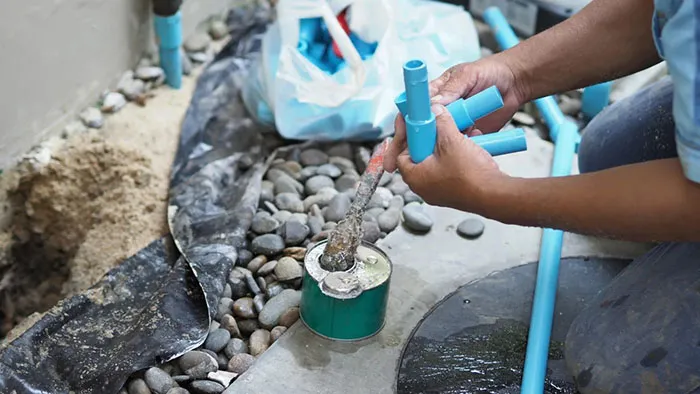
Sewage pipelines are an indispensable infrastructure in the city, which ensures the safe discharge of wastewater and the hygiene of the living environment.
Understanding the key details of sewage pipes will help us use and maintain them better, making the city cleaner and more livable.
653.webp)
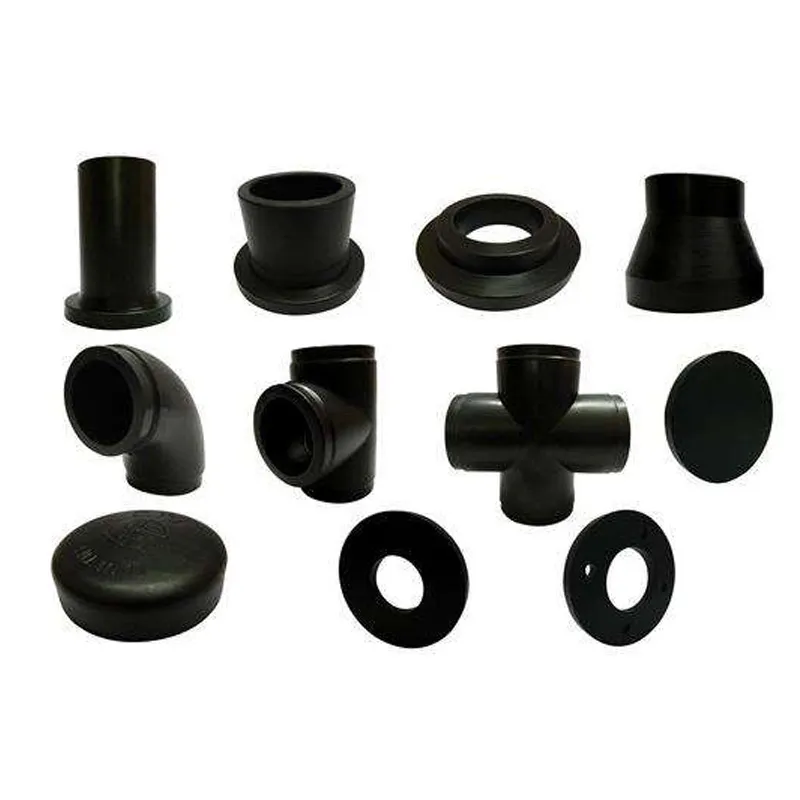
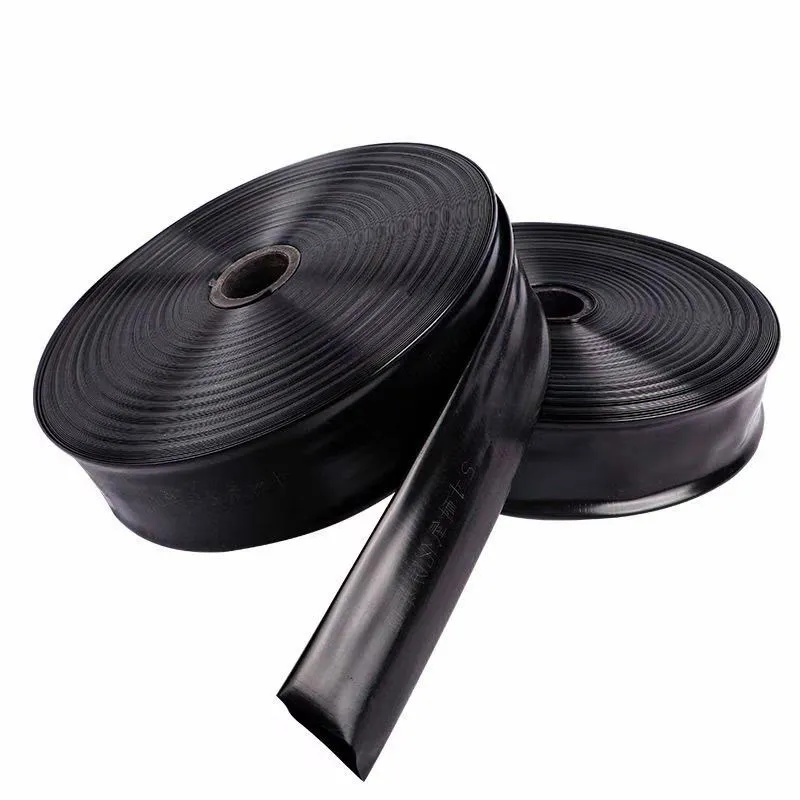
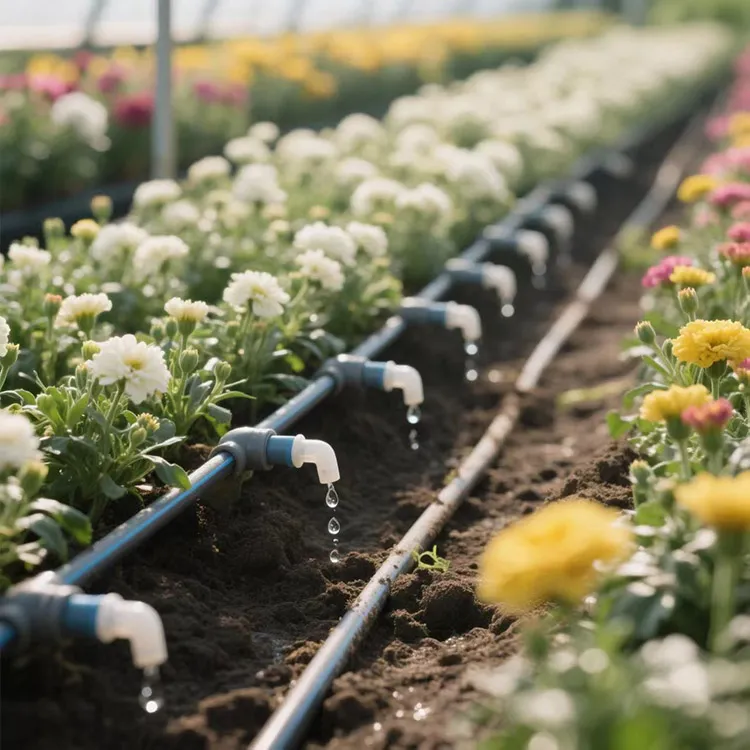
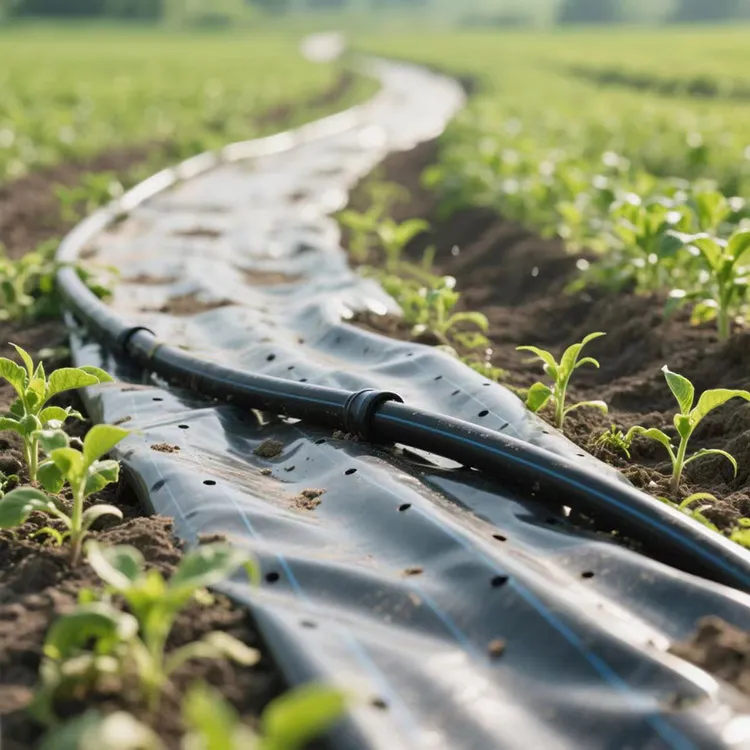
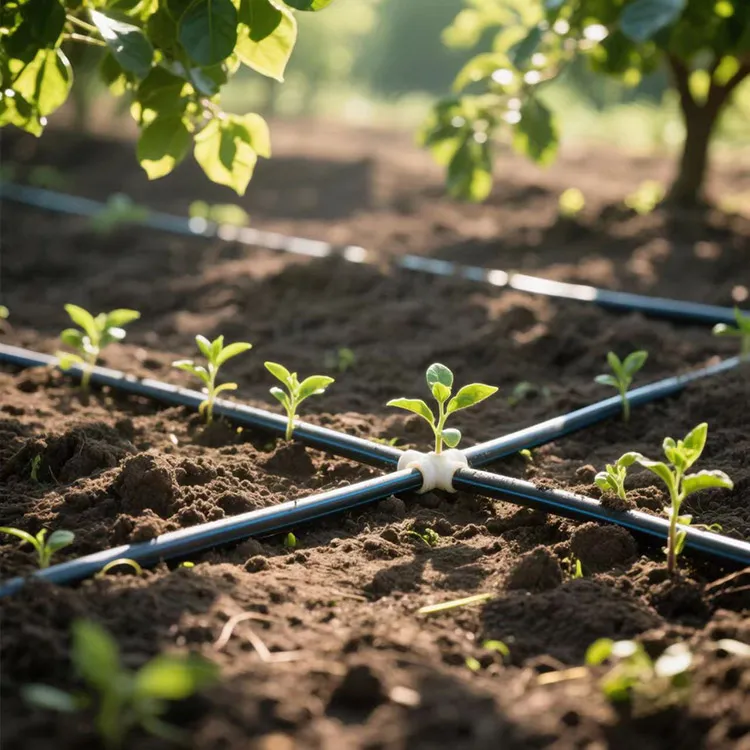
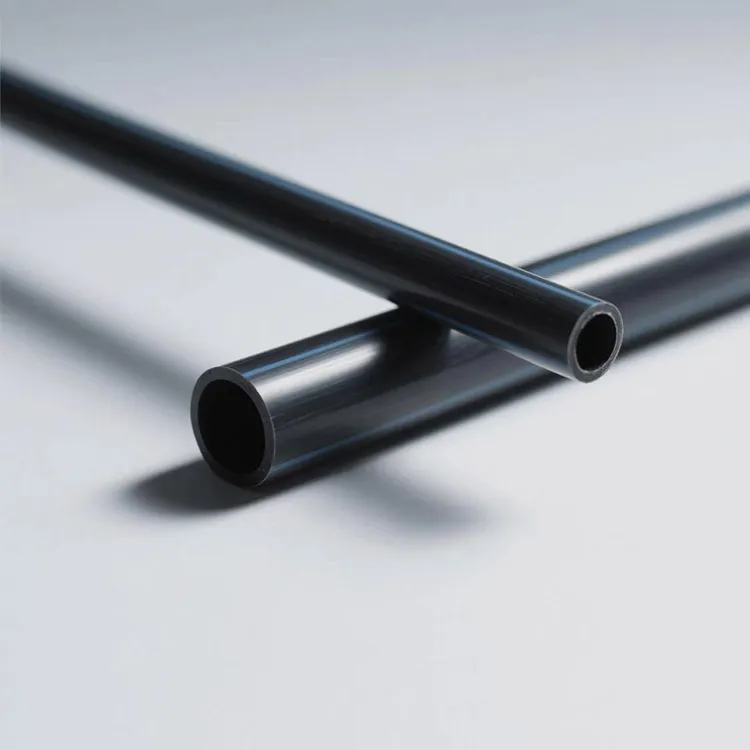
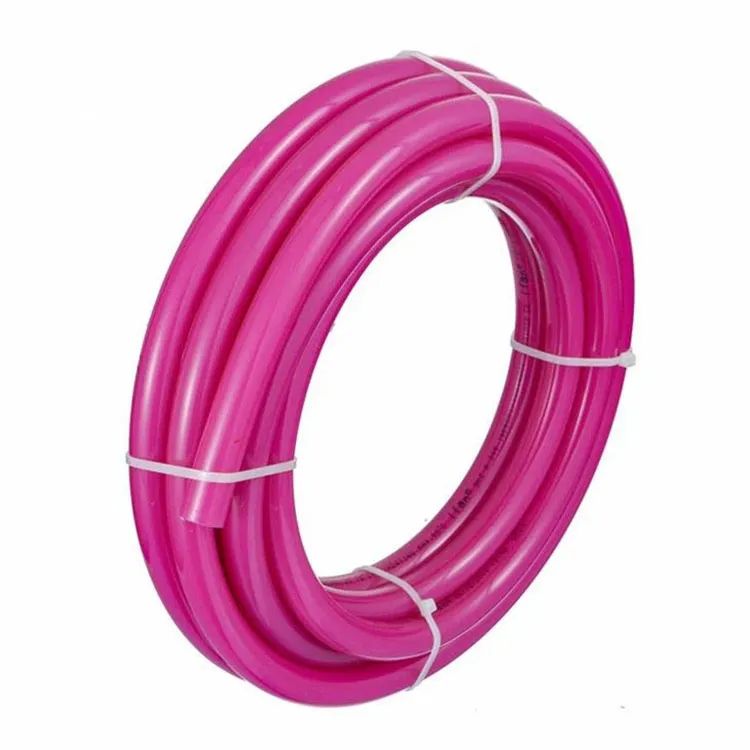
294.webp)
476.webp)
420.webp)
146.webp)
460.webp)
287.webp)
274.webp)


